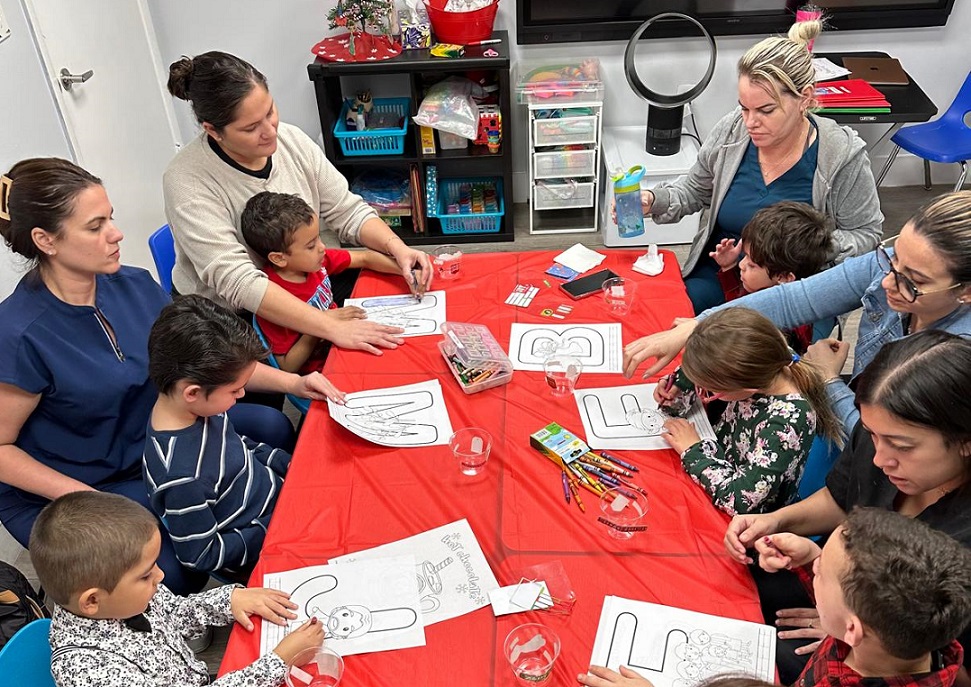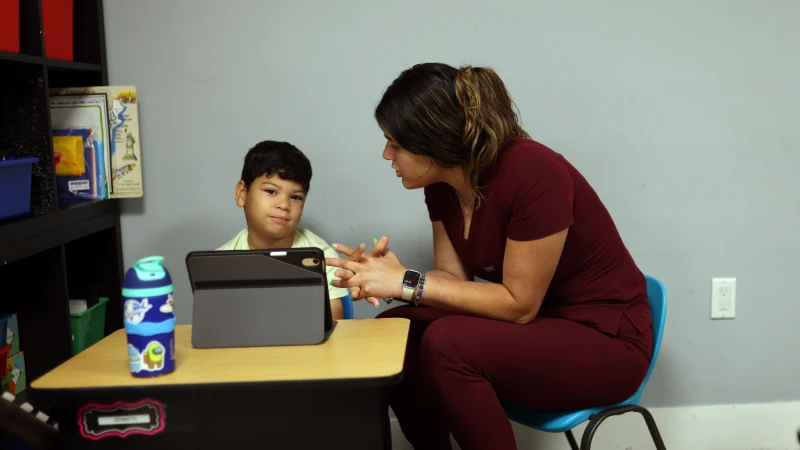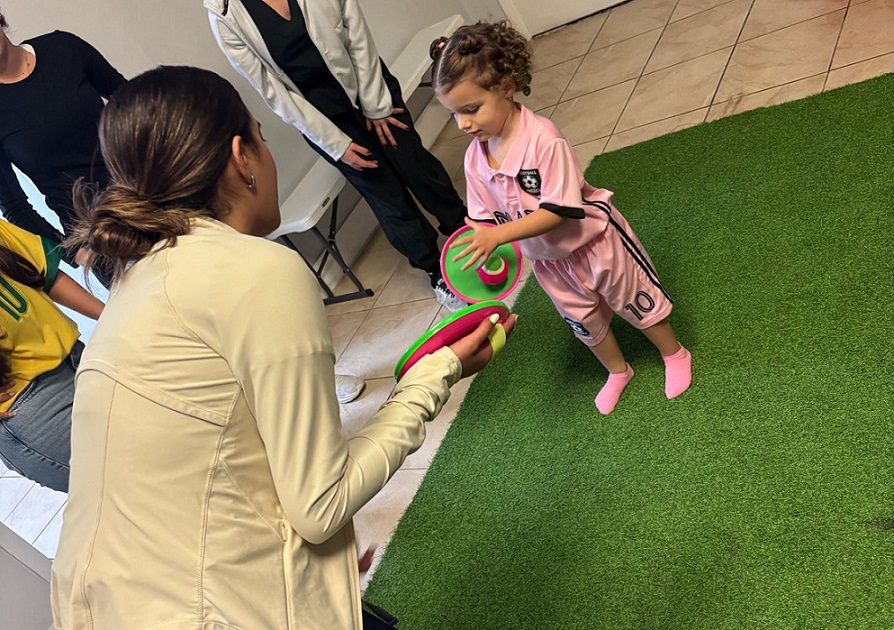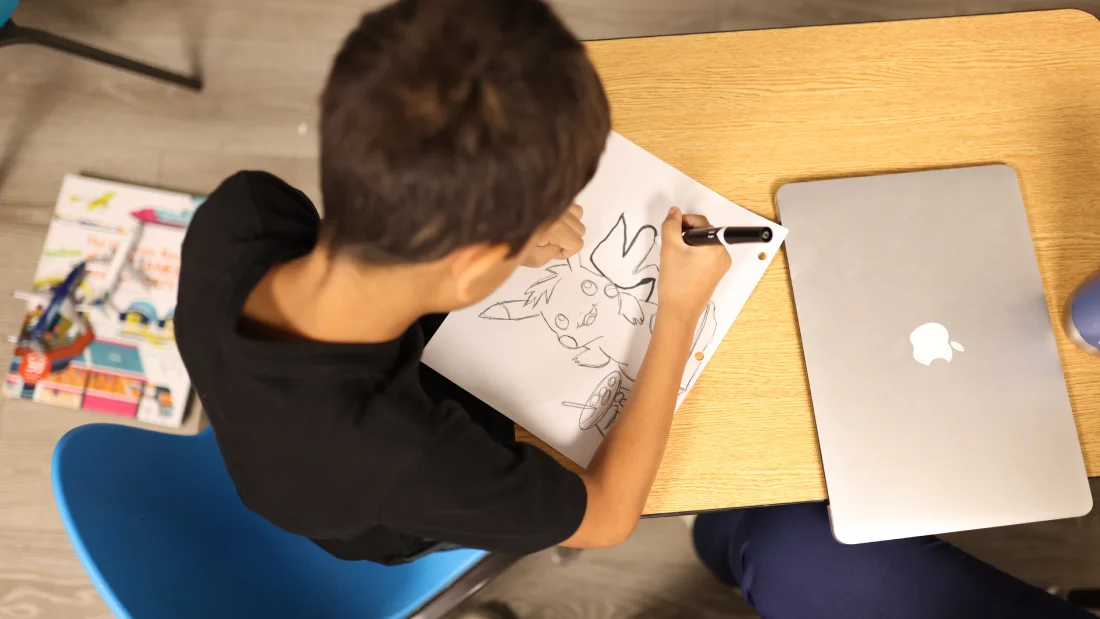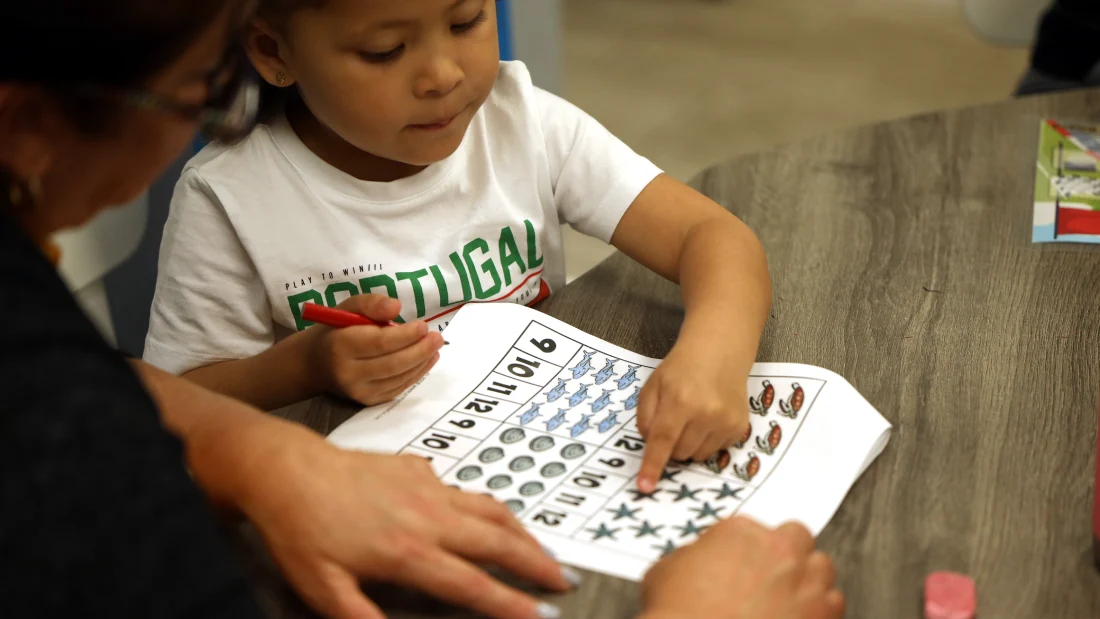Applied Behavior Analysis (ABA) therapy has transformed the lives of thousands of children with autism, offering effective strategies to foster child development. But behind every session, there are specialized ABA therapy tools—ranging from visual supports to technology for behavioral tracking—that truly make the difference in autism treatment.
At Koala ABA & Learning Centers, we use personalized ABA therapy tools that encourage real progress in communication and social skills. This article introduces you to six of our most commonly used tools, explaining how they work and why they are so effective in a therapy environment focused on growth.
If you’re looking for ABA therapy options that combine science with proven results, this guide will help you understand why so many families place their trust in us.
Keep reading!
What Are ABA Therapy Tools and Why Do They Transform Learning?
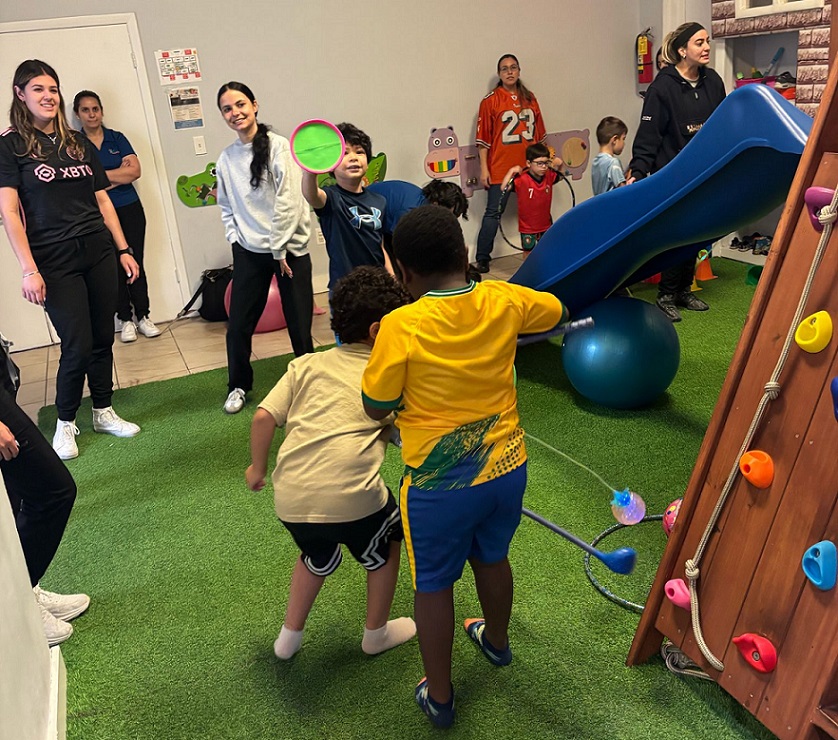
When we talk about ABA Therapy, we’re not only referring to a scientific methodology—we’re talking about a way to support and enhance the development of children with autism by building on their strengths. ABA therapy tools are the resources that make this process effective, personalized, and emotionally meaningful.
These tools are not just study materials; they are bridges—lasting connections between each child with autism and their environment, between learning and independence. At Koala ABA & Learning Centers, we know that every tool we use must create a real, measurable impact that contributes to each child’s development.
Understanding Applied Behavior Analysis (ABA).
By now, we know that Applied Behavior Analysis is the scientific foundation of ABA therapy. At its core, ABA focuses on understanding and modifying behavior to improve the well-being and quality of life of children with autism. But beyond the theory, what really matters is how it’s applied in everyday life.
To put it into perspective, here are some of the key principles of Applied Behavior Analysis (ABA):
- Systematic observation: Analyzing how the child interacts with their environment to identify behavior patterns.
- Personalized intervention: Adapting strategies to the child’s needs, interests, and learning pace.
- Positive reinforcement: Encouraging desired behaviors using motivators the child values.
- Ongoing evaluation: Collecting data to adjust interventions and ensure effectiveness.
Why Are ABA Therapy Tools So Important?
Beyond the scientific evidence supporting ABA Therapy, therapists need tangible tools—“weapons,” so to speak—to apply it effectively and consistently. At Koala ABA & Learning Centers, ABA is not just a behavioral technique—it’s a way to support with respect, to guide with empathy, and to create learning experiences that last.
So, why do ABA Therapy tools transform learning? Here’s why:
- They create a predictable and safe environment: Establishing clear routines that reduce anxiety and increase participation.
- They make communication and understanding easier: Helping children turn their needs into concrete actions, encouraging independence.
- They allow precise progress tracking: Data collection and behavior monitoring make it possible to adjust strategies in real time.
- They motivate through positive reinforcement: Reward systems celebrate achievements and build self-esteem.
- They open doors to early intervention: ABA tools enable quick, sensitive action when it matters most.
Top 6 ABA Therapy Tools We Use at Koala ABA.
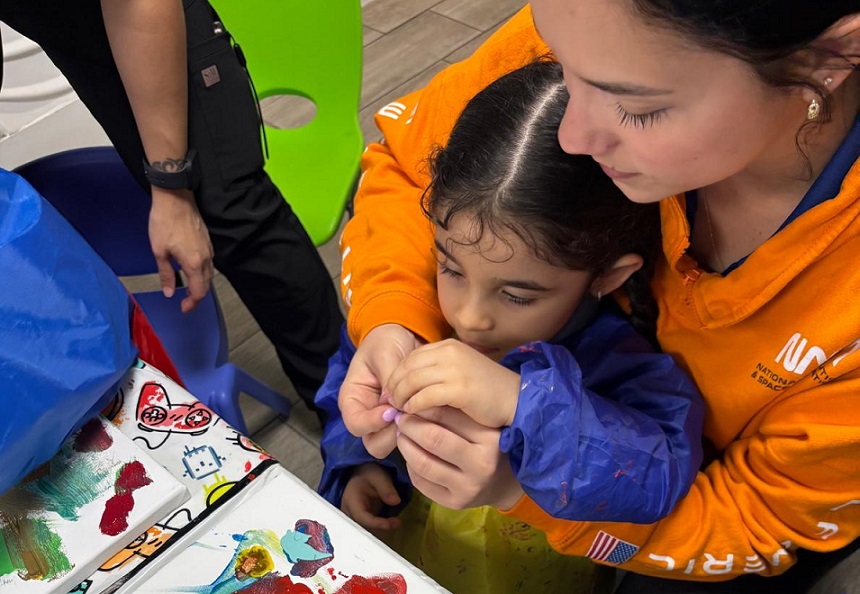
At Koala ABA & Learning Centers, every tool we use has a clear purpose: to make learning easier, reduce barriers, and build connections between the child and their environment. It’s not just about applying advanced techniques—it’s about creating meaningful experiences that respect each child’s pace, needs, and potential.
That’s why these six ABA therapy tools we’re about to share have been carefully selected for their clinical effectiveness, adaptability, and emotional impact. They are, in many ways, the heart of our sessions—and each plays a fundamental role in the behavioral intervention process.
Here they are:
1. Visual Supports for Autism.
Visual supports are essential for many children with autism, especially those who learn best through images, routines, and clear visual cues. They enhance understanding, reduce anxiety, and promote independence. Some of their benefits include:
- Anticipating activities: Helping the child know what comes next, reducing uncertainty.
- Reinforcing instructions: Supporting verbal communication with images that make understanding easier.
- Encouraging independence: Allowing the child to make choices and follow routines on their own.
2. Reinforcement Systems.
Positive reinforcement is one of the cornerstones of ABA therapy. It motivates learning and celebrates each achievement with empathy. At Koala ABA & Learning Centers, we use personalized reinforcement systems that recognize effort and encourage desired behaviors, achieving:
- Increased functional behaviors: Supporting skills that promote development.
- Self-esteem building: Helping the child feel valued and understood.
- Tailored reinforcement: Adapting to what the child enjoys and needs most.
3. Behavior Tracking Tools.
Behavior tracking is crucial to understanding how a child is progressing and which interventions are working. It also allows us to adjust treatment plans in real time. At Koala ABA, we use both digital and manual tools for precise monitoring, which help with:
- Pattern detection: Identifying emerging or repetitive behaviors.
- Continuous evaluation: Adjusting strategies based on real data.
- Transparency with families: Parents can see their child’s progress and actively participate.
4. Data Collection in ABA.
Data collection is not just a technical task—it’s an effective way to ensure every session makes an impact. It turns observations into sound clinical decisions. At Koala ABA & Learning Centers, we use accessible yet rigorous data systems to document progress and achieve:
- Objective measurement of progress: Eliminating guesswork with evidence-based evaluation.
- Justification of interventions: Every choice is supported by data.
- Team empowerment: Ensuring all professionals share a common foundation.
5. Structured Learning Tools.
ABA therapy tools help children with autism better understand tasks and move forward with independence and confidence. They also reshape the environment to make skill development easier. At Koala ABA, their use has led to:
- Reduced distractions: Creating a space that supports focused learning.
- Activity sequencing: Helping children know what to do and in what order.
- Fostering autonomy: Promoting independent work and decision-making.
6. Behavioral Intervention Tools.
When behaviors arise that interfere with learning or social interaction, specific tools are needed to address them—not with punishment, but with understanding and functional analysis. At Koala ABA, we approach these challenging behaviors with respect and precision, leading to:
- Crisis prevention: Identifying early warning signs and acting quickly.
- Respectful intervention: Avoiding confrontation while promoting self-control.
- Strengthening social skills: Teaching children how to express feelings in a functional way.
Why Families Trust Koala ABA for Autism Therapy?
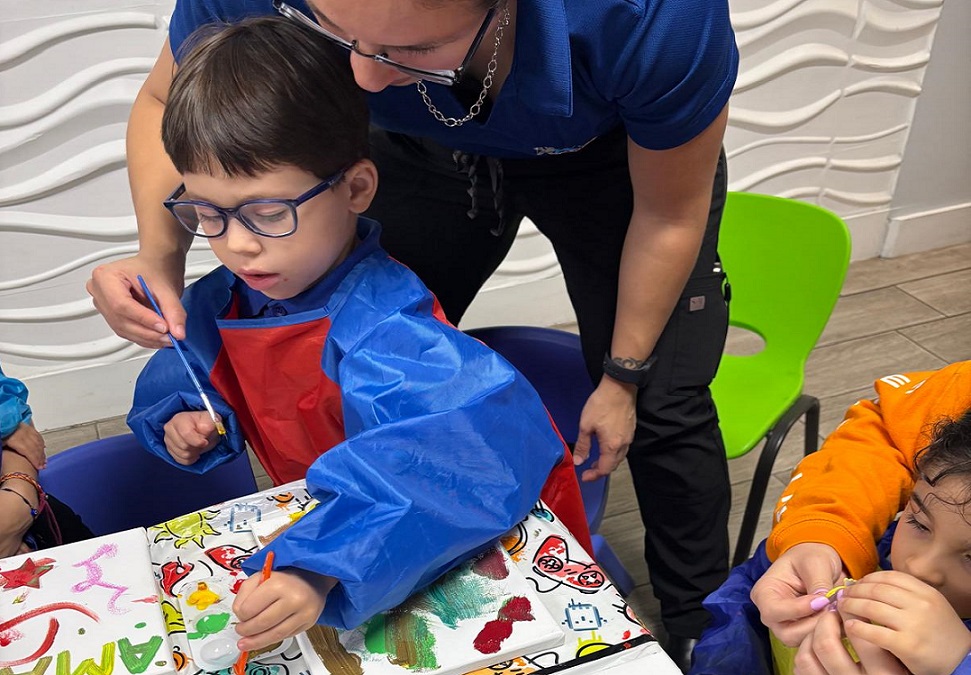
At Koala ABA & Learning Centers, we understand that choosing an ABA therapy center is an emotional decision for parents of children with autism. Families are looking for more than clinical services—they want a place where their children are understood, supported, and cared for with professionalism and compassion.
That’s why our ABA therapy tools are designed to build strong, lasting bonds of trust. Our philosophy blends science, experience, and empathy. Families trust us not only because of measurable results, but also because of the warmth and humanity we bring to every interaction.
For all these reasons, more and more families choose us as their allies in their child’s development journey.
Individualized ABA Programs for Children.
At Koala ABA & Learning Centers, we’ve learned something from every child we’ve worked with: each one is unique, and so their program must be too. That’s why we design completely personalized intervention plans tailored to each child’s pace, needs, and interests.
What does this look like in practice?
- Comprehensive initial evaluations: Assessing the child’s behavioral, communication, and emotional profile.
- Clear, achievable goals: Setting objectives that fit both family and school contexts.
- Flexible approaches: Adapting strategies based on the child’s progress and parent feedback.
Ready to Discover ABA Therapy Tools That Make a Difference?
Choosing the right tools, the right team, and the most inclusive approach can profoundly impact the lives of children with autism. At Koala ABA & Learning Centers, we don’t just use ABA therapy tools—we live them with commitment, sensitivity, and effectiveness.
If you’ve read this far, it’s because you’re looking for more than just information. You’re looking for trust, results, and real support.
This is the moment to take the next step—Contact us today!
Remember: your child deserves specialized care that motivates them and helps them grow toward a truly fulfilling life.


